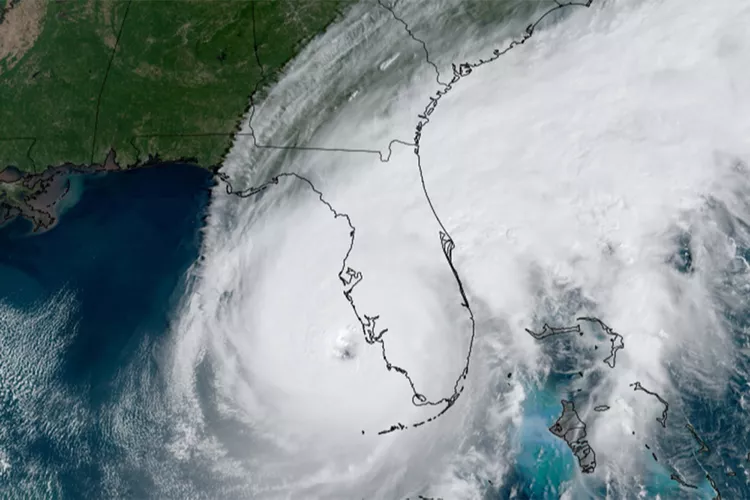Hurricane Season Prediction
The National Oceanic and Atmospheric Administration (NOAA) has predicted a near-normal hurricane season in the Atlantic Ocean this year, with a 30 percent chance it could be worse than expected. This prediction signals a need for preparedness as the season kicks off on June 1 and extends through November 30.
Impacts of Hurricanes
During a recent news conference, NOAA Administrator Rick Spinrad emphasized, “It only takes one storm to devastate a community.” Therefore, it is essential to stay vigilant, regardless of the overall statistics. NOAA forecasts a 40 percent chance of a near-normal season, a 30 percent chance of above-normal activity, and a 30 percent chance of a below-normal season. This year, they expect between 12 and 17 named storms, with five to nine potentially developing into hurricanes, including one to four major hurricanes.
Improvements in Forecasting
The 2023 outlook contrasts with NOAA’s prediction for last year, which anticipated an above-average hurricane season, ultimately leading to 14 named storms. Moreover, the busy 2021 season saw a total of 21 named storms. This year’s forecast indicates a less active hurricane season, likely influenced by the high potential for El Niño, which typically inhibits hurricane formation. However, local conditions may still create favorable scenarios for storm development.
In an effort to enhance forecasting accuracy, NOAA will unveil a new Hurricane Analysis and Forecast System (HAFS) next month. The new model promises a 10 to 15 percent improvement in track forecasting. Furthermore, NOAA has already introduced an upgraded Probabilistic Storm Surge model to improve surge forecasts.
FEMA Administrator Deanne Criswell remarked on the importance of these advancements in forecasting, stating they make a significant difference for emergency management. This ensures timely and accurate information is relayed to the public, empowering individuals to take necessary actions to protect themselves and their families.
It is crucial for residents near the coast to stay informed and prepared as the Atlantic hurricane season progresses. With advancements in meteorological technology, communities can better anticipate and respond to hurricane threats, minimizing risks and enhancing safety.
As the hurricane season begins, vigilance and preparedness are key. The ongoing monitoring and improvements in forecasting technology will play vital roles in how effectively communities can respond to potential hurricane threats this year.
Moreover, external events, such as a super typhoon recently impacting Guam, serve as reminders of the destructiveness of these storms, reinforcing the need for comprehensive preparedness plans as the season unfolds.




